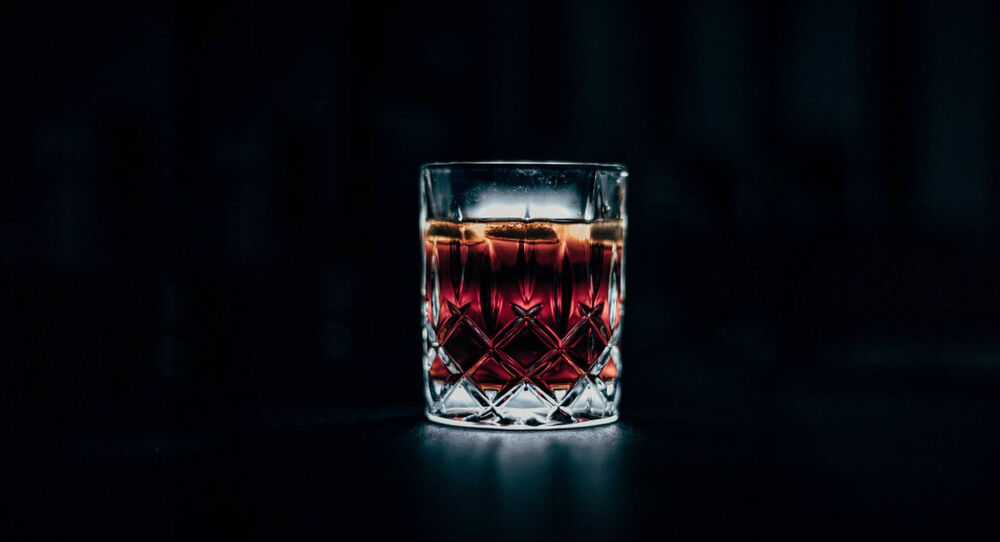The definition of a 'premium drink' is not quite as exclusive as you might think. Any of the big brand spirits such as Absolut, Bacardi or Jack Daniels is designated as premium in marketing terms. More expensive labels such as Grey Goose or Amaro Montenegro may be defined as "super-premium", but may still be found in your average bar.
The attributes that make any object truly 'super-premium' are both easy to understand and difficult to define. High value, rarity and tradition can play their parts. But more than anything else, ‘super-premium’ should be about craftsmanship and quality.
There is however, the issue of attitude and perception. For every one of us who savours a sip of Chairman's Reserve White Label Rum, there are some who will prefer to try Bacardi Blanca. There may be a universe of difference between the products, but some drinkers will claim they are unable tell the difference.
In the world of drinks, 'super premium' is a combination of the desirability of the brand, and attitudes of the audience that appreciates it. Those of us who care about such things might get a little obsessive about spirits, but how often have you overhead someone in a bar order a gin and tonic – without specifying which gin, let alone which tonic?
There are a number of ways in which drinks position themselves as 'super premium'. Rarity is certainly a crucial factor. Single cask malt whiskies can command huge prices, with global collectors treating a bottle like a rare work of art. Astonishingly, 61 crystal decanters of the 60-year-old John Walker Diamond Jubilee sold for £100,000 each in 2012...surely ultra-premium!
The right bottle and label is an important factor in creating a premium look and top-shelf appeal. In the world of spirits, designer gins, hip rums and cool vodkas compete for the attention of drinkers with beautiful, often minimalist packaging. But are the higher prices realistic? Take vodka, which can be distilled from more or less any starch. Standard vodka might be made from potatoes, sugar beet, even the by-products of wood pulp processing, but quality vodka is distilled from grain, much like the finest whisky. Similarly, the world of gin can now boast extraordinary artisan products, small batches of which are lovingly distilled using such exotic ingredients as rose, zested orange and cucumber oil.
With spirits outperforming in the marketplace with 22.1% [1] share of all drinks sales by value it's no surprise there has been an upsurge in the premiumisation of products available. With gin dominating the market and rum sales growing, there is a market curiosity which has led to more upmarket brands. From the staggering 964 new spirit brands launched onto the market since 2016, more than a third have been in the premium category and nearly half classed as super premium.
The trend for these brands is to become more commonplace the benefit to venue managers is that customers will spend more. Currently, premium drinkers tend to spend more, on average £104.82 per month. These big spenders are market savvy and product aware. They are motivated by aesthetics and how they are perceived. Premium spirit drinkers with an eye for a perfect serve will also spend more on mixers and cocktails.
Whether your definition of standard, premium or super-premium is based on price, rarity, style or quality, there is no avoiding the fact that today's discerning drinker has more intriguing, high quality drinks to choose from than ever before. The resurgence of craftsmanship and quality-led drinks could be a reaction to the globalisation of most products or which cool bottle looks good on a shelf, or Instagram post.
https://www.cga.co.uk/2018/10/23/six-insights-into-spirits-sales/


